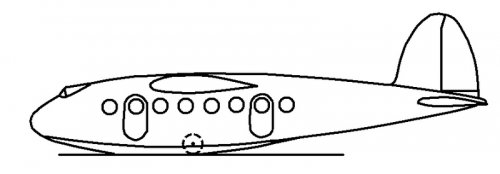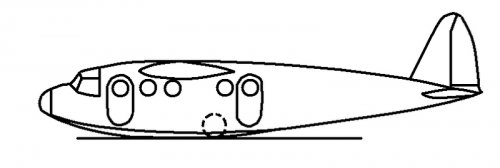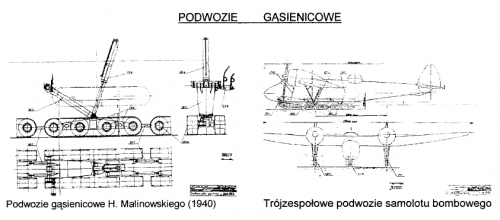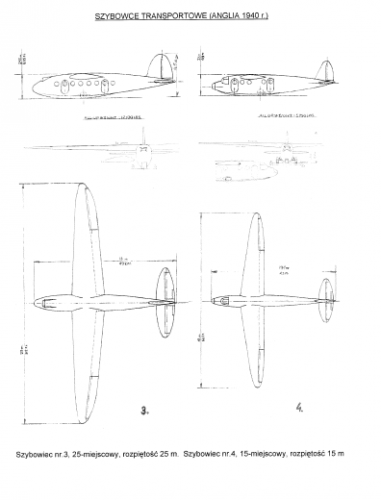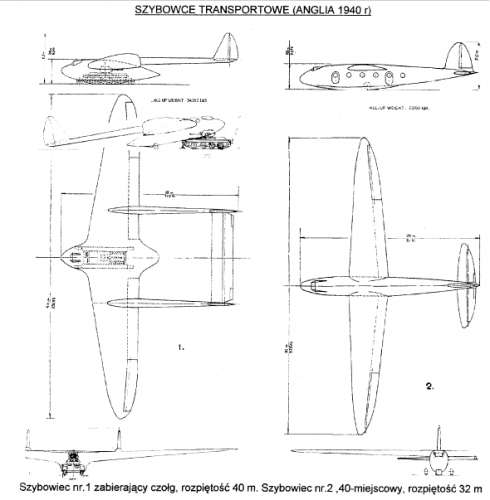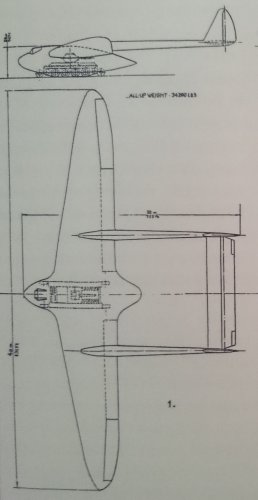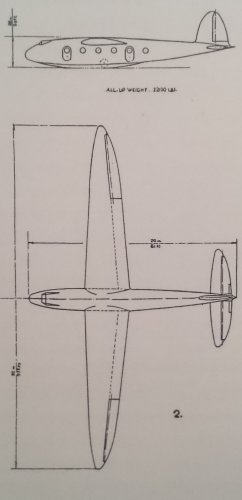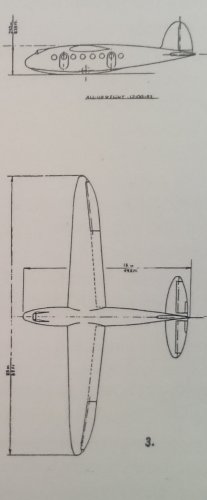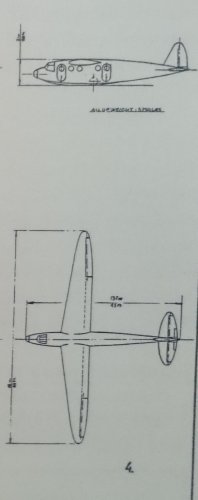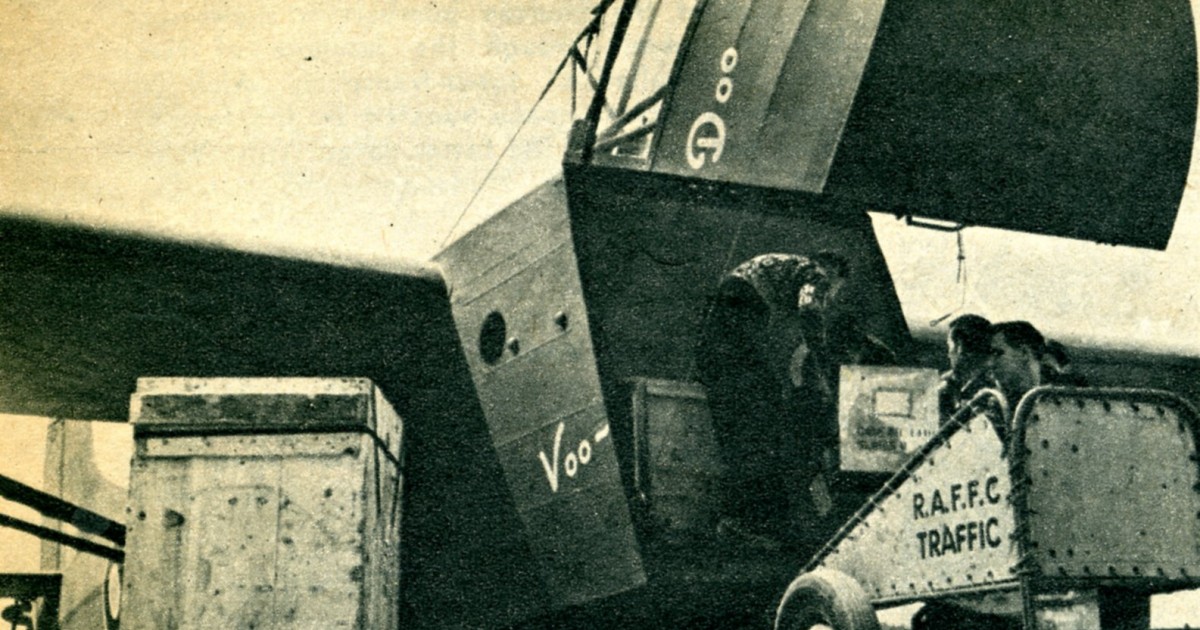Transport glider Project. Poland,
In 1938, preliminary designs for several gliders were prepared for the Military
Gliding Workshops in cooperation with engineers Wacław Czerwiński and
Michał Bleicher. One of them, WWS "Triton" was intended to transport an
infantry team near the battlefield. The glider had a strong half-shell structure
made of wood.
That should be
Tryton, not '
Triton'. W.W.W. stood for
Wojskowe Warsztaty Szybowcowe (or Military Glider Workshops) of Cracow which was headed by Wacław Czerwiński (who was also head of projects for PWS). FWIW, other W.W.S. products were:
W.W.S. 1
Salamandra - 1936 single-seat training glider
- W.W.S. 1 : High-wing, pod-and-booms, wooden constr., x 500+
- W.W.S. 1 : Span 12.48 m; airfoil Göttingen-378
-- Copy: 1942 de Havilland Canada glider, span 11.35 m
-- aka Czerwiński
Sparrow, mod. as Czerwiński
Robin
-- Becomes the postwar IS-A
Salamandra family
W.W.S. 2
Żaba - 1937 single-seat basic training glider, x 1
- W.W.S. 2 : Wooden constr., high-winged, open-frame fuselage
- W.W.S. 2 : Span 9.33 m; airfoil Göttingen-365
- W.W.S. 2 : Derived from 1933 CW-J bis
Skaut
W.W.S. 3
Delphin - 1936 single-seat sailplane, x ~70*
- W.W.S. 3 : High, canilever gull-wing, monocoque fuselage
- W.W.S. 3 : Span 16.00 m; airfoil (??)
-- * ~30 x built by W.W.S., 40 x built by L.W.L. (Lwów)**
-- ** Lwowskie Warsztaty Lotnicze was a branch of PWS
For Wacław Czerwiński's other projects, see:
--
https://www.j2mcl-planeurs.net/dbj2mcl/planeurs-hommes/hommes-fiche_0int.php?code=286


